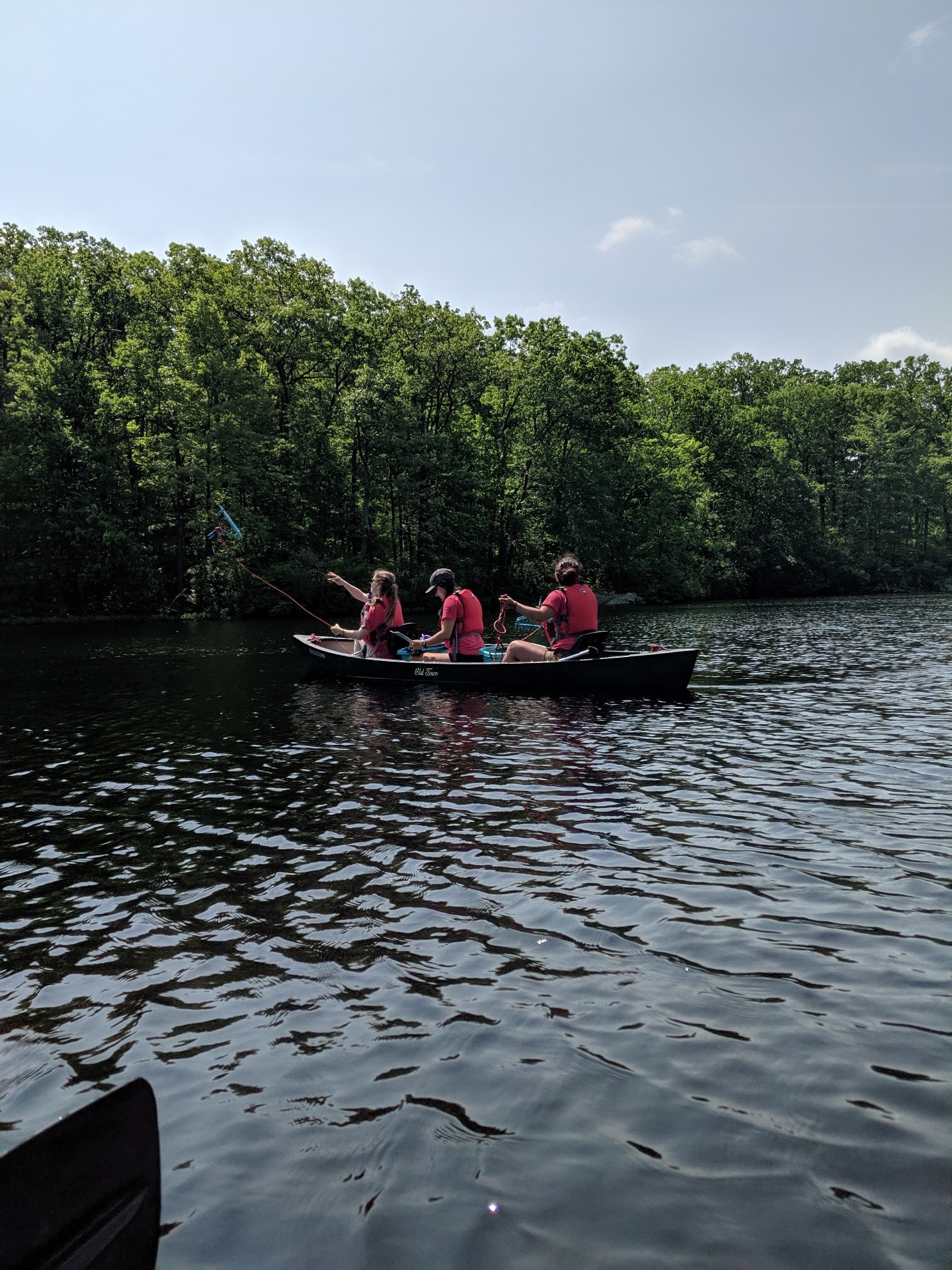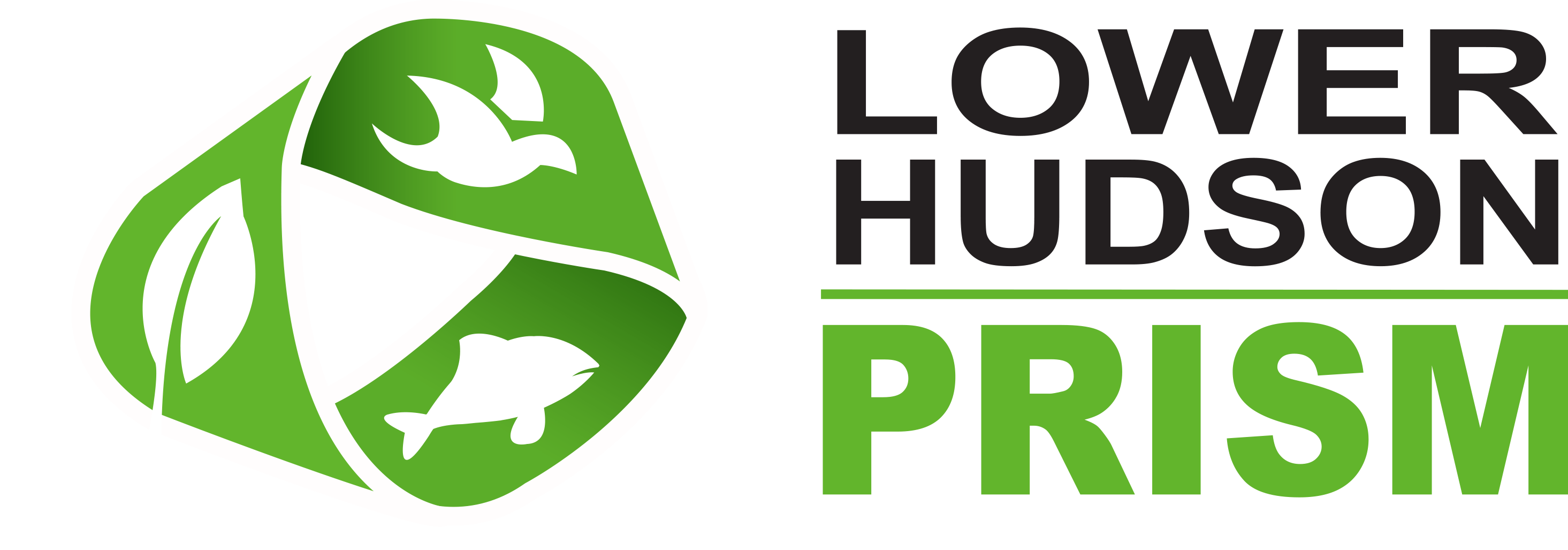 A primary component of the Aquatic Invasives Strike Force is the monitoring and management of aquatic invasives through on-water surveying and water chestnut removals. Through surveying lakes, rivers, and ponds throughout the Lower Hudson Valley for aquatic invasive plants, small-bodied organisms, and invertebrates we can accurately map and record the full extent of these species in our region, an undertaking that has not previously been done by any other field crew in the area. By recording presence and absence data, individual species density, and total species composition in each water body, the crew will aid in informed management decisions throughout our public lands as well as assist the actions of private lake associations and homeowners.
A primary component of the Aquatic Invasives Strike Force is the monitoring and management of aquatic invasives through on-water surveying and water chestnut removals. Through surveying lakes, rivers, and ponds throughout the Lower Hudson Valley for aquatic invasive plants, small-bodied organisms, and invertebrates we can accurately map and record the full extent of these species in our region, an undertaking that has not previously been done by any other field crew in the area. By recording presence and absence data, individual species density, and total species composition in each water body, the crew will aid in informed management decisions throughout our public lands as well as assist the actions of private lake associations and homeowners.
In addition to surveying efforts, the crew conducts manual invasive plant management throughout the region, primarily focused on the invasive Trapa natans. This species is a high priority invasive floating plant that is heavily targeted by manual removal, which has been shown to be successful in smaller infestations. The crew’s priority is to assist in eradication of these smaller infestations to protect valuable habitat and water quality for native species as well as the recreation/tourism economy that can be impacted from dense floating mats that restrict boating and swimming.
Surveys are performed at two different temporal intervals (Late spring/early summer and late summer/early fall). This helps to ensure that phenology of individual species will be accounted for. To collect plant data, metal rakes attached to ropes are tossed into the lake and allowed to settle on the bottom before being retrieved. Two were performed at each point with overall density and individual species composition (%) collected. Density was recorded using the following scale: Zero (0), Trace (1), Sparse (2), Moderate (3), and Dense (4). The data collected was used to calculate overall density, species composition, and vegetative biomass of each lake. For water chestnut removals, entire plants including rosettes, stems, and seeds are collected by hand and counted before placing in a garbage bag.
2019 Accomplishments:
- Performed 40 aquatic plant and invertebrate surveys at 26 lakes
- Collected 2,363 new observations to be uploaded in the statewide invasive species database
- Removed over 71,000 water chestnut plants at 4 sites
The crew also worked on a number of special projects with various partners, including:
- Searching for a rare native aquatic plant at Canopus Lake in Fahnestock State Park
- Leading a group paddle to identify invasive plants
- Snorkeling for post-treatment regrowth of hydrilla in the Croton River
- Assisting the U.S. Army Corps of Engineers on a water chestnut seed bank viability study
- Aiding in sample collection for environmental DNA research at over 30 sites along the Hudson River

